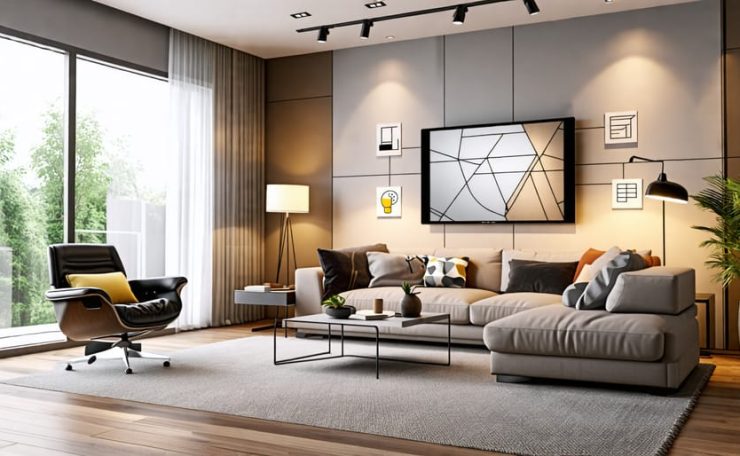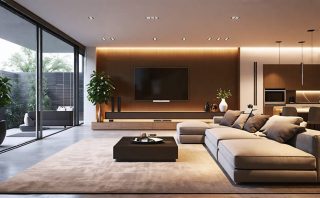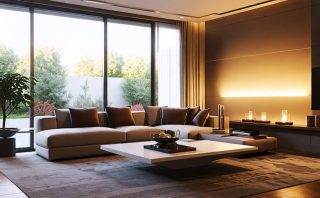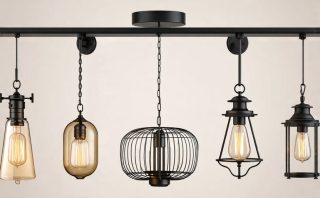Choose intuitive residential lighting design software to visualize your ideas before implementation. Maximize functionality by leveraging smart software features like 3D modeling for detailed room layouts and realistic light simulations. Optimize your design with software that offers customizable elements, allowing you to adjust light intensity, color temperature, and fixture placement for perfect ambiance. Collaborate seamlessly with professionals by selecting platforms that offer real-time sharing and editing, facilitating efficient communication and project adjustments.
The Role of Lighting in Home Design
Creating Mood and Atmosphere
Lighting design software plays a pivotal role in shaping the mood and atmosphere in residential spaces. By allowing meticulous selection and strategic placement of lighting fixtures, it enables users to craft environments that resonate with their desired ambiance. For instance, soft, diffused lighting creates a warm and inviting atmosphere ideal for living rooms, while directional task lighting enhances focus in home offices. Additionally, adjustable color temperatures can transform a space from an energizing daylight glow to a cozy evening warmth. This capacity to virtually experiment with different lighting styles ensures that homeowners and designers alike can optimize both aesthetic and functional attributes of a space, enhancing the overall living experience and ensuring every corner reflects the intended emotional tone.
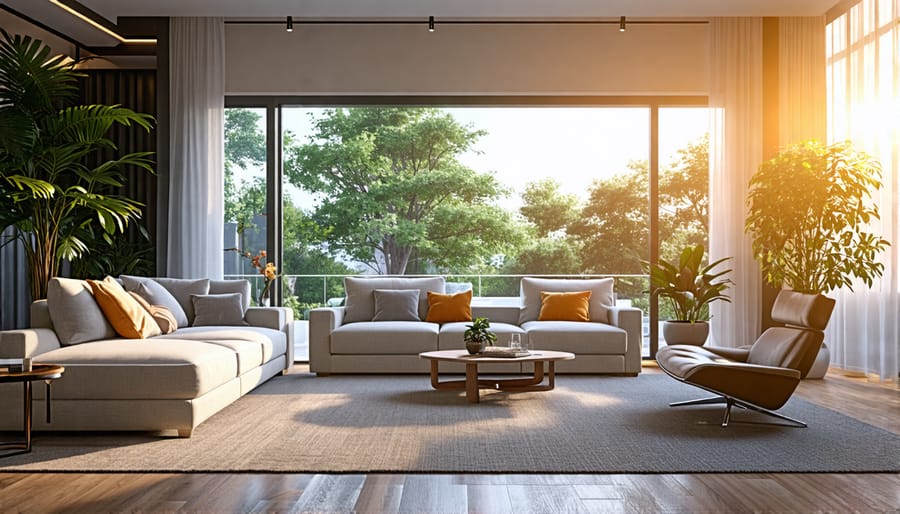
Functional Benefits of Well-Planned Lighting
Strategic lighting design plays a crucial role in enhancing both the functionality and safety of a home. By using well-planned lighting, homeowners can easily illuminate key areas, support daily activities, and create comfortable living spaces. Whether you’re cooking in the kitchen, reading in a study, or unwinding in the living room, effective lighting enhances every moment. Moreover, pathway lighting or motion-sensor lights around entries can significantly improve home security, reducing the risk of trips and falls. For those keen on understanding the “lighting basics,” integrating residential lighting design software can simplify the process, offering a precise and innovative approach to achieving tailored solutions. Such software assists in visualizing the impact of different fixtures and layouts, ensuring optimal luminosity and ambience throughout the home. In essence, thoughtful lighting design contributes to a safer and more convenient environment.
How Residential Lighting Design Software Works
Key Features to Look For
When selecting residential lighting design software, prioritize features that elevate both the aesthetic and functional aspects of your space. Look for advanced 3D modeling capabilities, allowing you to visualize lighting placements with precision. This feature aids in understanding how light interacts with different surfaces and materials, crucial for achieving the desired ambiance. High-quality visualization tools can simulate various lighting scenarios, helping you make informed decisions before actual implementation. Customization options are essential, as they let you tailor the software to match unique design preferences, from light intensity to color temperatures. These features empower homeowners, designers, and architects alike, providing a virtual platform to experiment and optimize their plans, ensuring the final outcome is both beautiful and practical.
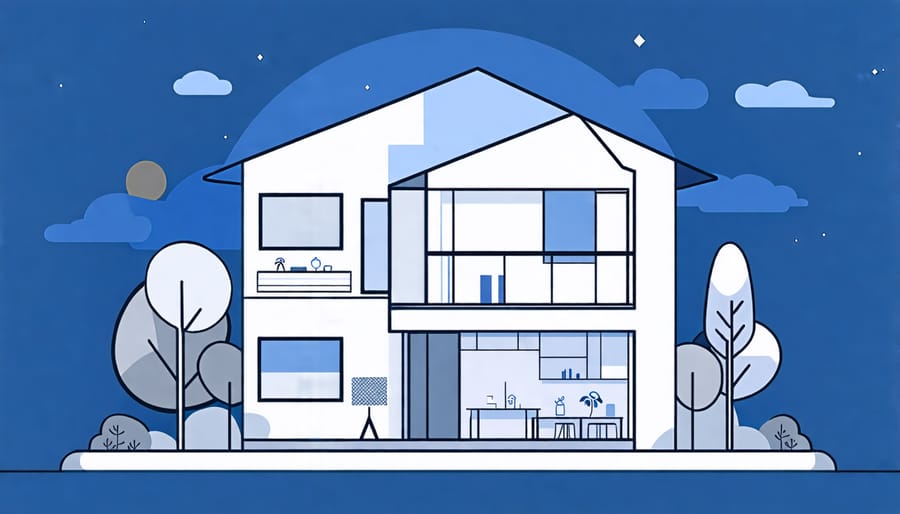
Integration with Smart Home Systems
Integrating residential lighting design software with smart home systems is revolutionizing the way homeowners and professionals control and enhance lighting environments. By interfacing directly with smart home technology, these advanced systems allow users to customize lighting settings with exceptional precision. Homeowners and designers can now use these tools to adjust lighting remotely, create schedules, and set dynamic scenes that adapt to the time of day or mood. For those interested in Smart lighting, this integration offers enhanced energy efficiency by automatically dimming or turning off lights when not needed. This not only adds convenience but also contributes to sustainable living. As lighting solutions become more intelligent, they offer unprecedented opportunities to create personalized, efficient, and aesthetically pleasing homes.
Benefits of Using Lighting Design Software for Homeowners
Enhancing Personalization
Residential lighting design software is revolutionizing how lighting schemes are tailored to personal tastes and requirements. These tools offer a high level of customization, enabling users to experiment with various brightness levels, color temperatures, and fixture placements within virtual layouts of their spaces. Homeowners and designers alike can visualize the impact of different setups in real-time, making it easier to select the right combination that aligns with individual preferences and functional needs. Enhanced features such as interactive 3D modeling and photorealistic simulations ensure that the lighting design is not only aesthetically pleasing but also practical. By offering a personalized consultation experience, these platforms empower users to achieve unique lighting solutions that transform their residential spaces into personalized havens. Through such tailored approaches, lighting design software ensures that the light in a home truly reflects the identities and lifestyles of those who live there.
Cost and Time Efficiency
Residential lighting design software offers substantial cost and time savings by transforming how illuminating elements are conceptualized and implemented. By automating complex calculations and visualizations, these tools drastically reduce the time spent on manual planning and adjustments. For homeowners and designers, this means quicker turnaround on projects and the ability to visualize changes in real time, leading to more informed decisions without costly trial and error. The software’s capability to simulate different lighting scenarios also helps in optimizing energy use, further reducing electricity costs down the line. Paired with features like personalized consultations and comparisons of various lighting products, such software provides a comprehensive solution for crafting efficient and aesthetically pleasing lighting designs tailored to specific needs and budgets.
Top Residential Lighting Design Software Options in 2023
Comparison of Popular Software
When weighing options for residential lighting design software, several stand out for their unique features tailored to diverse needs. DIALux is favored for its comprehensive free platform that supports complex lighting calculations, making it a go-to for architects. On the other hand, AGi32 offers robust professional-grade tools, ideal for detailed lighting analysis and visualization—perfect for lighting consultants seeking precision. ReluxDesktop is notable for its sizeable library of real products, allowing users to visualize designs with actual fixtures, a feature appreciated by interior designers. For ease of use, LightCalc provides user-friendly tools suited for homeowners interested in DIY projects. Each software offers different advantages: DIALux and AGi32 for their analytical depth, ReluxDesktop for its realistic modeling, and LightCalc for accessibility. Consider your specific needs to choose the ideal tool.
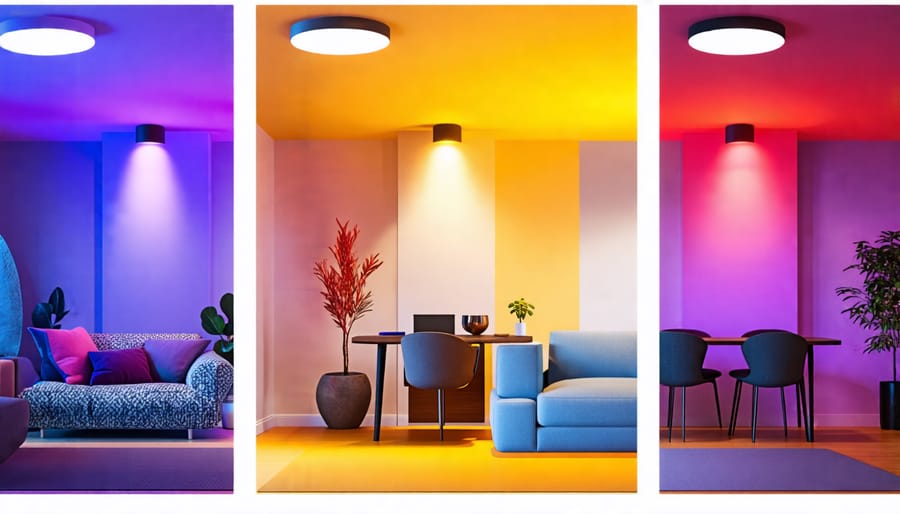
Customer Reviews and Experiences
Users of residential lighting design software often praise its ability to transform conceptual ideas into practical designs with ease. Homeowners and interior designers appreciate the software’s intuitive interface and its capacity to visualize changes in real-time, allowing for creative exploration and precise adjustments. One case study highlights an architect who successfully used the software to enhance a client’s living space by accurately simulating natural and artificial light interactions, resulting in a harmonious and energy-efficient design. Event planners and commercial business owners also find immense value in tailoring lighting setups for versatile environments, enhancing both aesthetics and mood. Overall, customer reviews underline the software’s practicality and effectiveness in delivering professional-grade results, making it an essential tool for anyone looking to optimize their lighting strategies.
Conclusion
Lighting design software has emerged as a game-changer, offering a transformative approach to enhance both the aesthetic and functional aspects of residential spaces. By leveraging these innovative tools, homeowners, interior designers, architects, and even commercial business owners can achieve stunning lighting effects that complement any architectural style. These platforms provide users with the ability to visualize and experiment with various lighting scenarios, ensuring that the final implementation aligns with their vision. This capability is especially critical for projects requiring precision and expert guidance. As you embark on your next residential project, consider incorporating lighting design software to refine and perfect your illumination plans. For those looking to elevate their understanding and application of lighting, exploring expert lighting design tips can be invaluable. By adopting these advanced solutions, you not only enhance your space but also ensure that it functions at its best, offering both beauty and utility.

